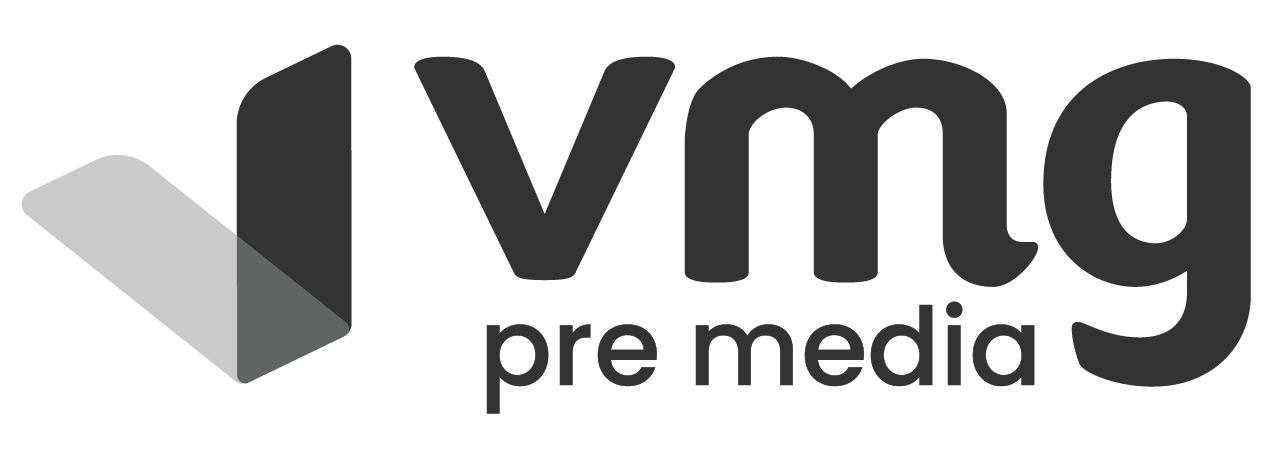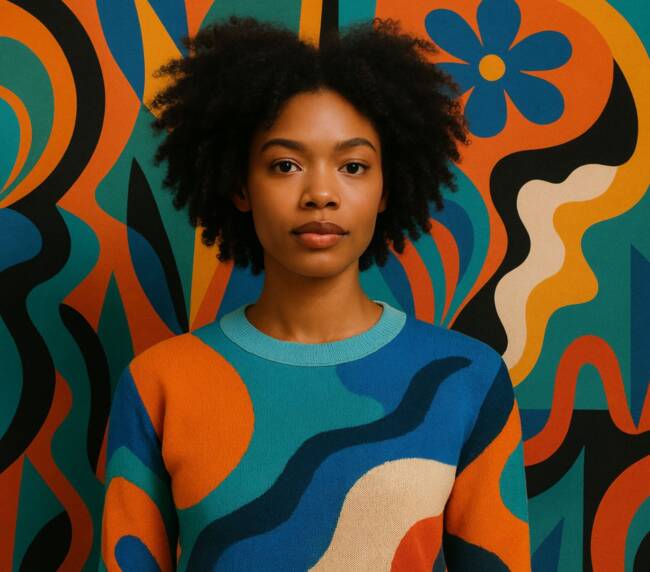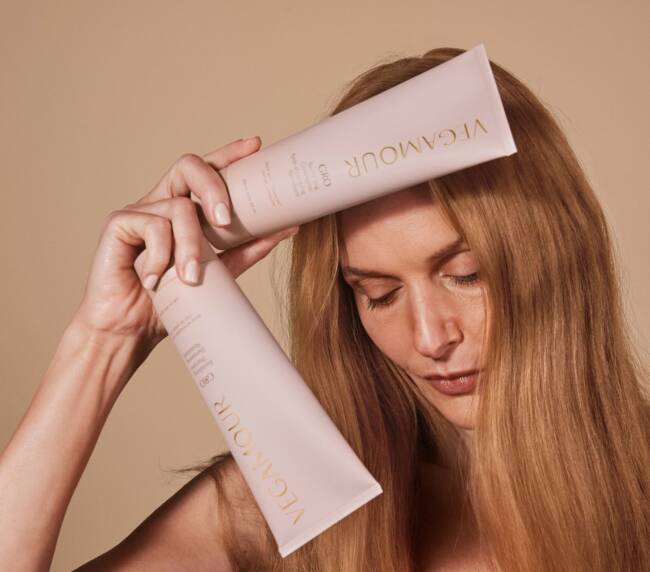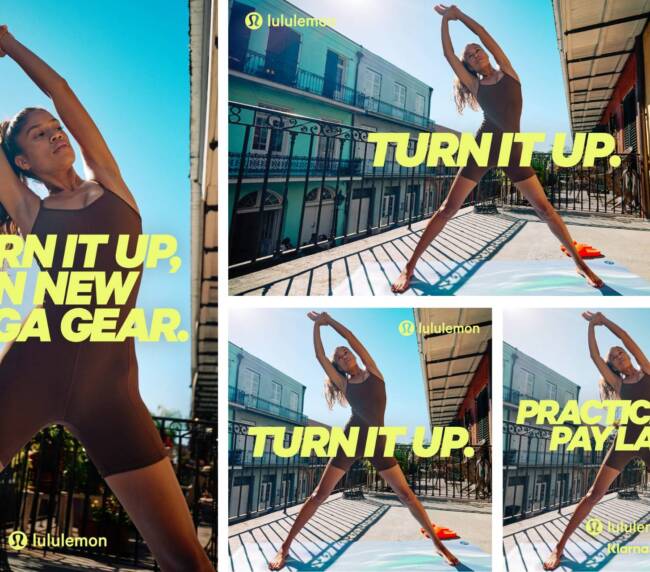AI in Creative Production: Scaling Output Without Sacrificing Quality
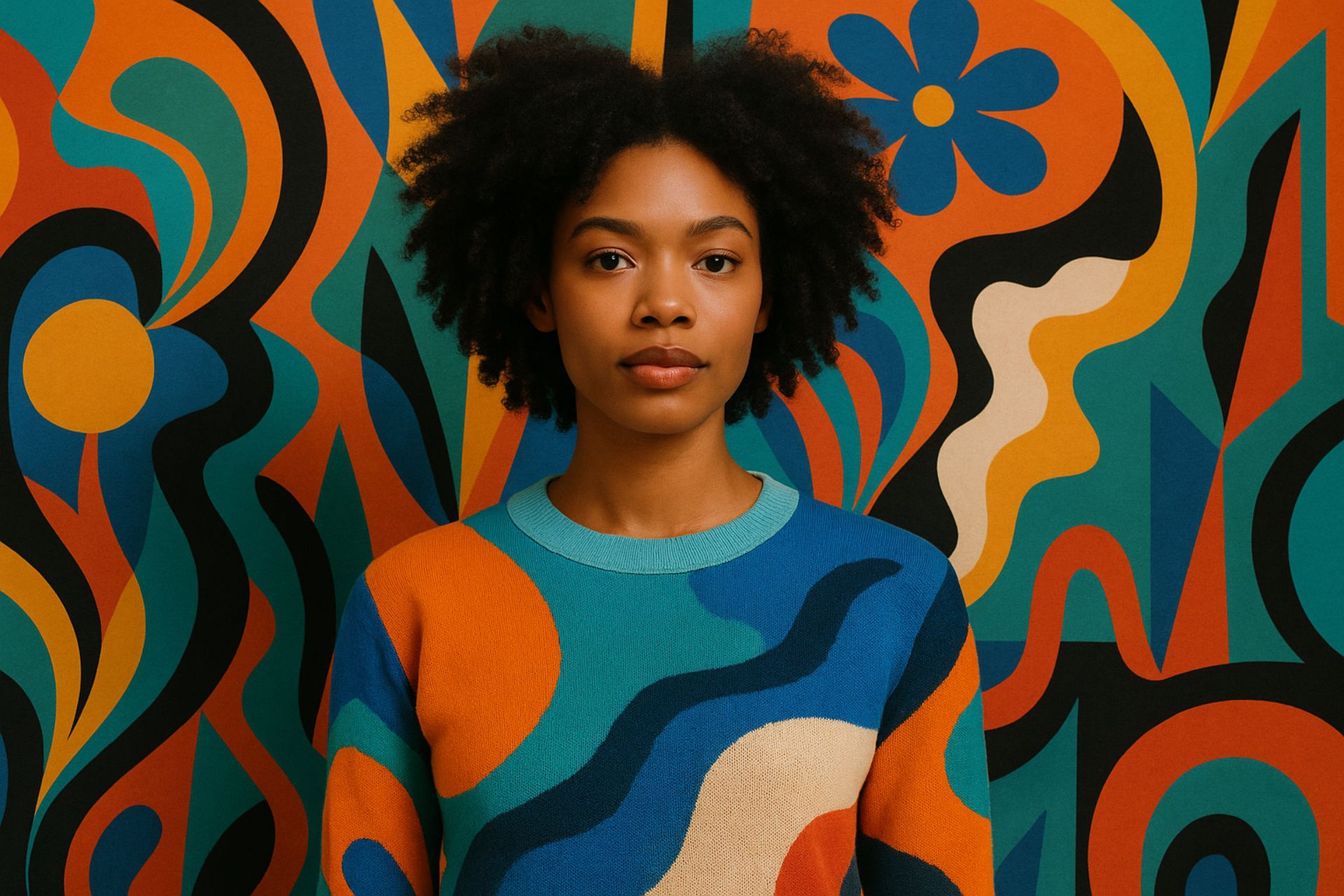
Content demands are constantly rising – and with the need for higher volumes comes added pressure – faster turnarounds, tighter budgets, and even higher expectations for quality and consistency.
That’s where AI in creative production can help. Not as a replacement for human creativity, but as a workflow automation tool that reduces bottlenecks, speeds up processes, and increases overall output – giving your team more time and capacity to focus on higher-value work.
But with all the hype and noise around AI, many creatives are asking the same question: where do you start – and how do you use it responsibly?
We explore the emerging opportunities of AI in creative production workflows, along with key considerations to keep in mind.
AI Creative Production Workflows
While AI is already being applied across creative production, it’s still an evolving space with plenty of ongoing experimentation. Here are some areas where AI is currently being used and tested:
Automating basic workflows
Tasks like resizing, reformatting, and tagging assets have long been handled with scripts or DAM tools. What’s new is how AI is making these processes smarter, easier, and more accessible. Instead of hiring developers to write code, in-house post-production teams can now use AI to automate many tasks themselves – processing higher volumes of assets with less manual effort and no outsourcing costs.
Speeding Up Image & Video Production
AI is making visual production faster and more scalable. Edits that are often time-consuming – like cleaning up wrinkles – can now be automated in bulk. For retail, AI-generated models are helping reduce the need for costly studio shoots. And with still-to-motion tools, brands can repurpose product photos into videos and animated assets – saving time and budget while creating more engaging content for social and ecom.
Supporting Brand Consistency
As brands continue to scale more content across web, social, apps, and print, maintaining a consistent look and feel becomes an even bigger challenge. AI can support this by pre-screening assets against established brand rules and flagging inconsistencies before content goes live. While tech is still evolving in this area, AI automations are already making it easier for teams to minimize inconsistencies and deliver a more unified brand experience
Streamlining Pre-Production Tasks
AI is increasingly being used to streamline pre- production tasks before a shoot even begins. Pulling product data, generating file names, and building shot lists were once manual, then later required outsourcing custom scripts and code updates whenever processes changed. Today, AI makes these automations easier to build and manage in-house, even helping align product priorities, model schedules, and set availability to plan more efficient shoot days.
On the creative side, Art Directors and Photographers can use AI to generate custom swipes of the look they’re after – something that previously required sketches, magazine clippings, or web snapshots – giving the studio a clearer blueprint to follow.
Considerations to Keep in Mind
While the opportunities are exciting, adopting AI in creative production without the right guardrails can create serious challenges. A few important considerations to keep front of mind:
Legal & Ethical Risks
Using AI-generated models raises questions around likeness rights and exclusivity. Repurposing still photography into video formats with AI can also breach original usage contracts. Brands need to tread carefully in this space – making it essential to work with a partner who understands how to adopt AI responsibly and safeguard against these risks.
Product Accuracy
Product Accuracy AI can generate beautiful outputs, but in post-production, accuracy is non-negotiable. Every color, texture, and construction detail must be a true representation of your product, yet AI often delivers inaccurate results. Without expert oversight, including traditional refinements in Photoshop, unchecked AI puts your brand at risk of losing customer trust and undermining its integrity.
Quality Control
AI can handle volume and speed, but as mentioned, it still makes mistakes. Quality control is necessary for catching those mistakes and maintaining reliability across all of your assets. That’s why expert oversight is critical: to enforce brand guidelines, fine-tune details AI misses, and ensure every output is consistent and campaign-ready.
At VMG, we’re actively testing AI creative production workflows – from using AI for styling laydowns, swapping product materials and fabric, and stills-to-video conversion.
But here’s the key… we never leave it to AI alone. Every asset goes through our experienced retouchers and creative teams for final QC and refinement, ensuring our clients get outputs that accurately represent their products and are consistent with their brand identity.
That balance – AI for high volumes and workflow automation, humans for accuracy and polish – is what gives brands the best of both worlds. Faster turnarounds, lower production costs, and content that’s always on-brand and product-accurate.
Final Thoughts
AI has the potential to transform creative production, helping brands scale faster, cut costs, and stay consistent across every channel. But success isn’t about adopting the latest, most advanced tech – it’s about building responsible, hybrid workflows that combine AI efficiency with human expertise and traditional post-production refinement.
When used appropriately and with the right guidance, AI can significantly enhance your creative production workflows – giving your team more time to focus on creativity, strategy, and innovation.
Curious how AI could deliver real value in your setup? We’re here to chat solutions. Let’s explore how strategic AI integration can streamline your workflows and unlock new potential for your team. Get in touch to learn more.
Nasreen Shaikh
Nasreen is a dedicated content marketer with a talent for creating compelling and engaging stories. She is currently driving VMG Premedia's content marketing efforts to inform, inspire, and resonate with diverse audiences.
